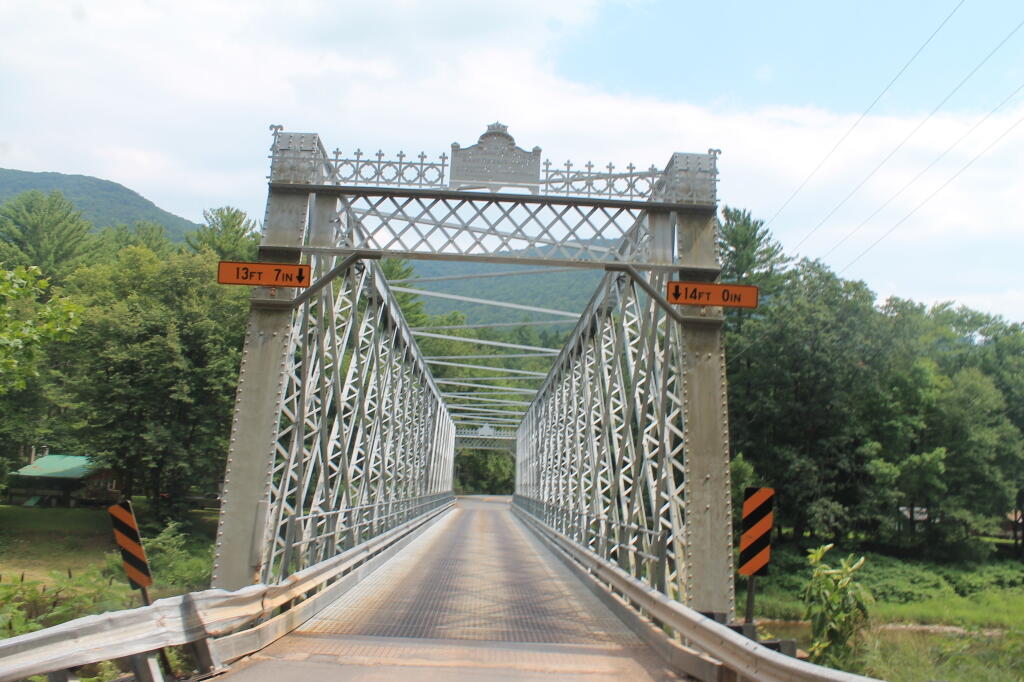What Happens If There’s a Blackout in NYC? – THE CITY
A peak summer day in past years, he noted, would result in a usage of about 13,000 megawatts of power in the five boroughs and Westchester. Demand for power during the current heat wave reached a peak of 11,730 megawatts on Monday afternoon.t
Still, residential demand has surged. A recent study by Columbia University’s Earth Institute reported “substantial increases” of around 23% of weekday New York City residential electricity consumption during the shutdown.
In May, Con Ed blamed a potential rate increase on increased residential demand as work-from-home becomes the norm. A typical city residential customer using 350 kilowatt hours per month could expect a 9.5% hike, from about $99 in 2019 to nearly $109 per month this summer, the utility said.


